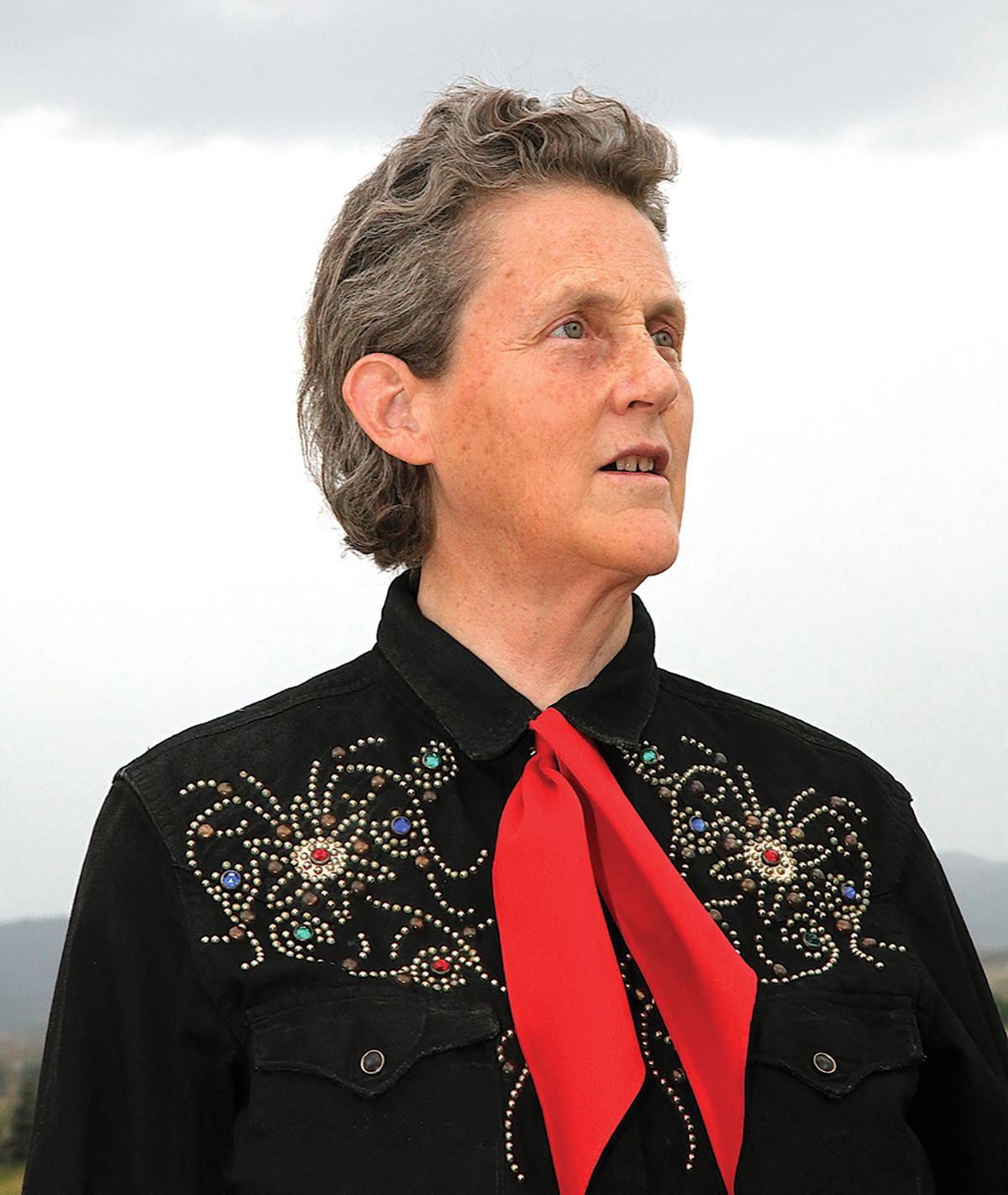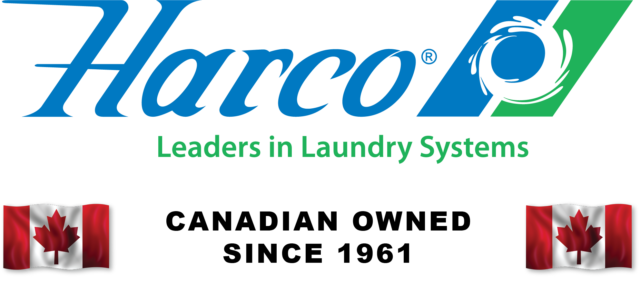
Photo by Rosalie Winard.
Professor of animal science
Colorado State University
Public discourse surrounding standards of dairy cattle welfare shows no signs of dissipating, as it continues to influence processor and retailer purchasing decisions, the rise of milk alternatives and even animal care regulations.
Dr. Temple Grandin, professor of animal science at Colorado State University, has garnered worldwide attention for her work in autism and animal behaviour. Grandin promotes better livestock handling and care, developing practical solutions to improve the welfare of livestock on farms and in processing facilities.
Ahead of her visit to Ormstown, Quebec, on Sept. 30 for Expo Ormstown, she spoke with Progressive Dairy editor Emma Ohirko about simple methods to improve dairy cattle management and handling and promote the overall welfare and efficiency of dairy herds.
Many of your insights into animal welfare stem from your understanding of how animals think in pictures, a notion you use to describe your own manner of thinking. Why is this connection meaningful?
GRANDIN: Well, animals don’t think in words. Animals live in a sensory-based world. Some of the very early work I did was with cattle chutes – this would have been in feedlots back in the early ’70s – and I noticed that cattle would refuse to walk by a coat on the fence, or a vehicle with a shiny reflection, or a reflection on a puddle of water; it was obvious to me to look at what they were looking at. The animals notice little sensory things people tend to not notice. I find that if you remove these distractions from a facility, it can really help improve cattle movement. This could be something as simple as moving vehicles away from a facility or getting a coat off the fence or having somebody stand in a different position.
You have said good stockmanship requires continuous monitoring. Explain what that looks like for dairy producers.
GRANDIN: One of the things I’ve learned about stockmanship is: You have to make sure you don’t understaff and overwork. When people get too tired, that’s when they’re going to start to get mad and maybe hit a dairy cow or crank her tail too hard. When somebody is a really good stockperson, they often don’t get the credit they deserve. Stockmanship matters, and there’s a bunch of studies that show this.
The other thing people often don’t understand is how animals can get fear memories. It’s very important that a heifer’s first experiences going into a milking parlour, for example, are good first experiences. If she falls down the first time she goes in, or gets slapped, she’s not going to want to go back there. First experiences can make a really bad impression on an animal, if they’re bad. Animals make associations, so make sure to take the time to train heifers.
What approach should producers take to encourage better animal handling?
GRANDIN: You have to look at the animal’s previous experiences. If the previous experiences have all been part of a really peaceful environment with only certain people, if they go on to have an encounter with a strange person or a strange object, the cattle will be afraid of it.
Animals that get the most upset when they see something new are the ones that have lived the most sheltered life, the ones that don’t get exposed to enough variation.
How can dairy producers and their team members get better at identifying things that may trigger or scare animals?
GRANDIN: Watch the animal. When you have a new heifer, give her the opportunity to look at stuff she doesn’t like. You might have to wait 15 seconds for her to walk over a shadow, but if you push on her when she’s got her head down, she’s just going to turn back around; that’s going to be very counterproductive. The reasons she’s looking down at something is: She’s got to make sure the shadow or a metal strip is not a hole in the floor. Her depth perception is not very good, and that’s why she has to put her nose down to look at it; just give her the opportunity to do that.
How do you think emerging trends in the dairy industry, such as beef-on-dairy, influence the handling and welfare needs of today’s dairy herds?
GRANDIN: In beef-on-dairy, where Holstein cows are crossed with Angus bulls, there’s things about it that are good. It makes a market for bull calves, so they are going to be treated better.
Another thing we need to be looking at is the frame size of the animal we’re selecting. There are some big problems with the meatpacking plants, with cattle that are very, very tall.
Beyond proper animal handling, what else should dairy producers integrate into their management protocols to promote the welfare of their herd?
GRANDIN: I’m a big believer in measuring key animal welfare indicators because when you measure something, you manage it.
There have been three studies that have shown if a dairy person is asked: “How many lame cows do you have?” – these studies have shown producers underestimate lameness by half, and then when they measure it, they say, “Wow, I really do have 27 percent lame dairy cows.” We need to measure things such as body condition score (BCS), dirtiness and swollen hocks.
The best dairies have much lower percentages of swollen hocks and lame cows, compared to the worst-managed dairies. There is a very big difference between the best and the worst. Also, cows are bigger now, so there are more problems with fitting in stalls that may be too small. There’s also a big component of welfare, which is management.
What is your outlook on dairy cattle welfare? What else should producers be thinking about?
GRANDIN: I’ve been getting increasingly interested in what’s going on with robotic dairies because I think they are going to really help some smaller producers stay in business. However, producers need to understand robots are not automatic management; most machines require a lot of maintenance. People ask me, “Which robot should I buy?” I’d buy the one that has the best dealer, with the best service, the best service contract and the best service types. That’s the one I would get because you’re going to need the dealer.
We are going to have to get more and more concerned about animal welfare. We must start looking at everything as if there are video cameras everywhere. You can’t get rid of them. Don’t do anything you would not want photographed on the phone. You cannot get rid of phones. They are everywhere.
PHOTO: Photo by Rosalie Winard.









